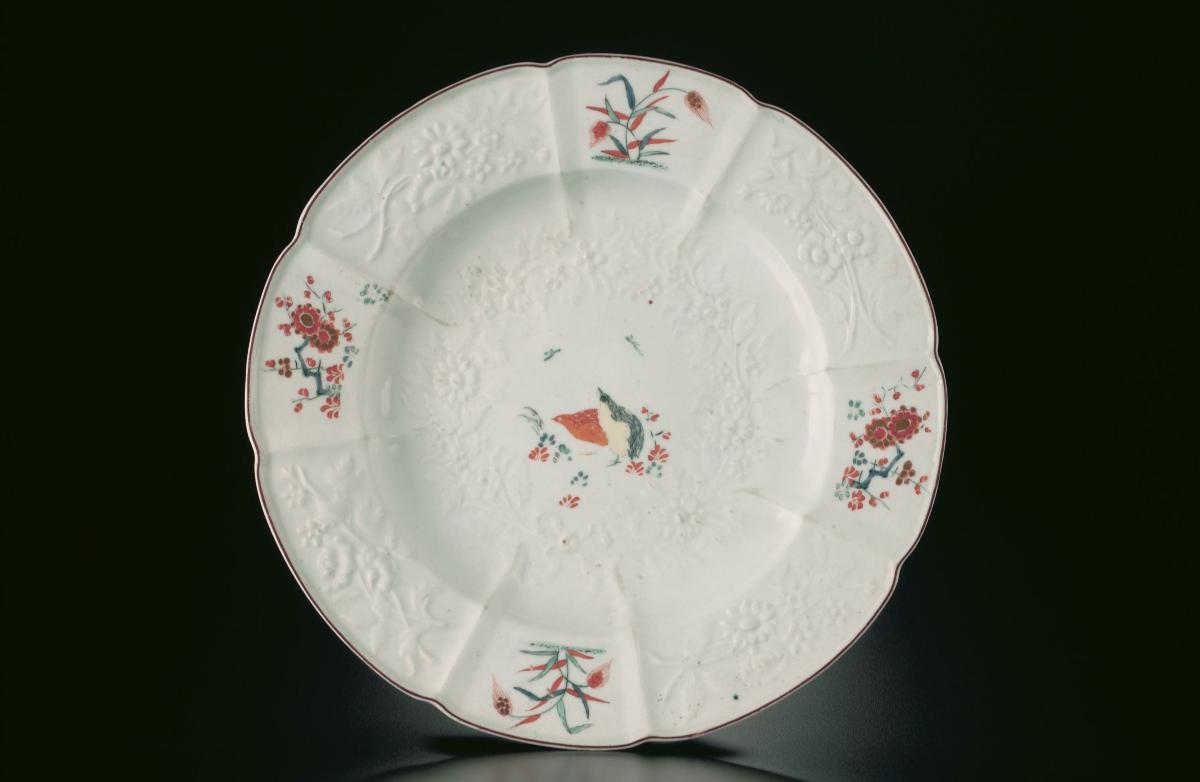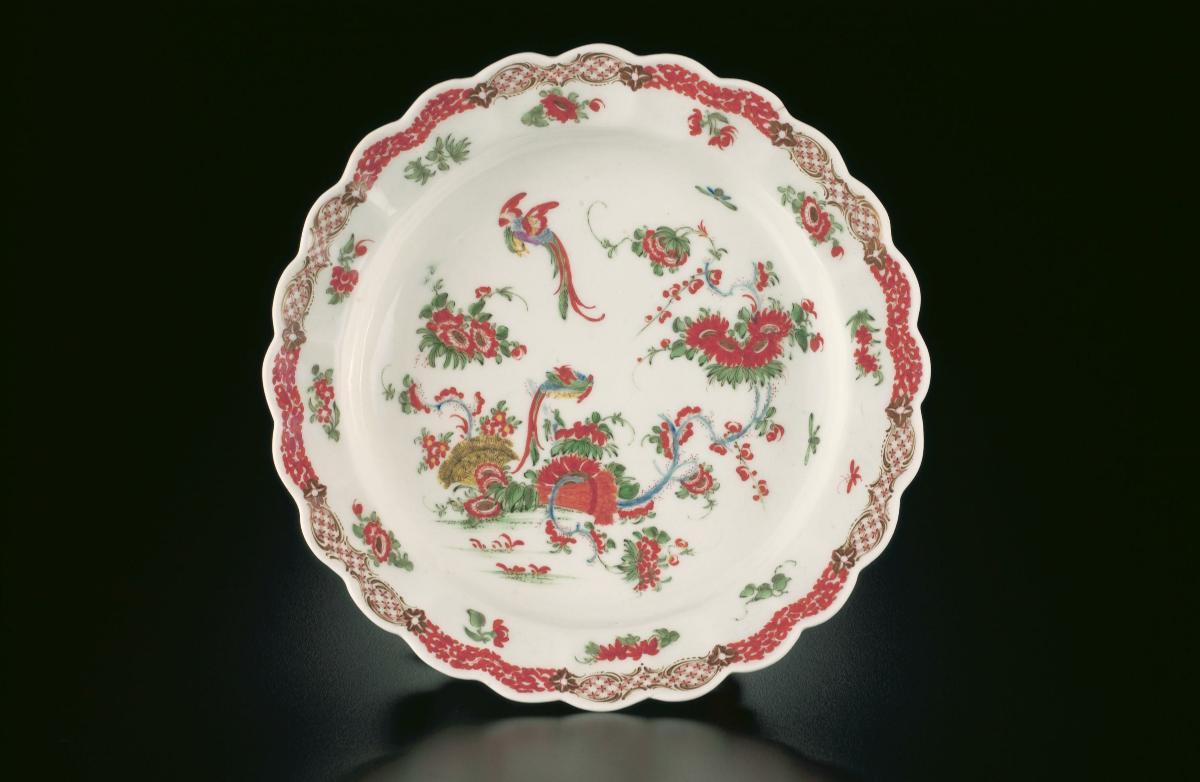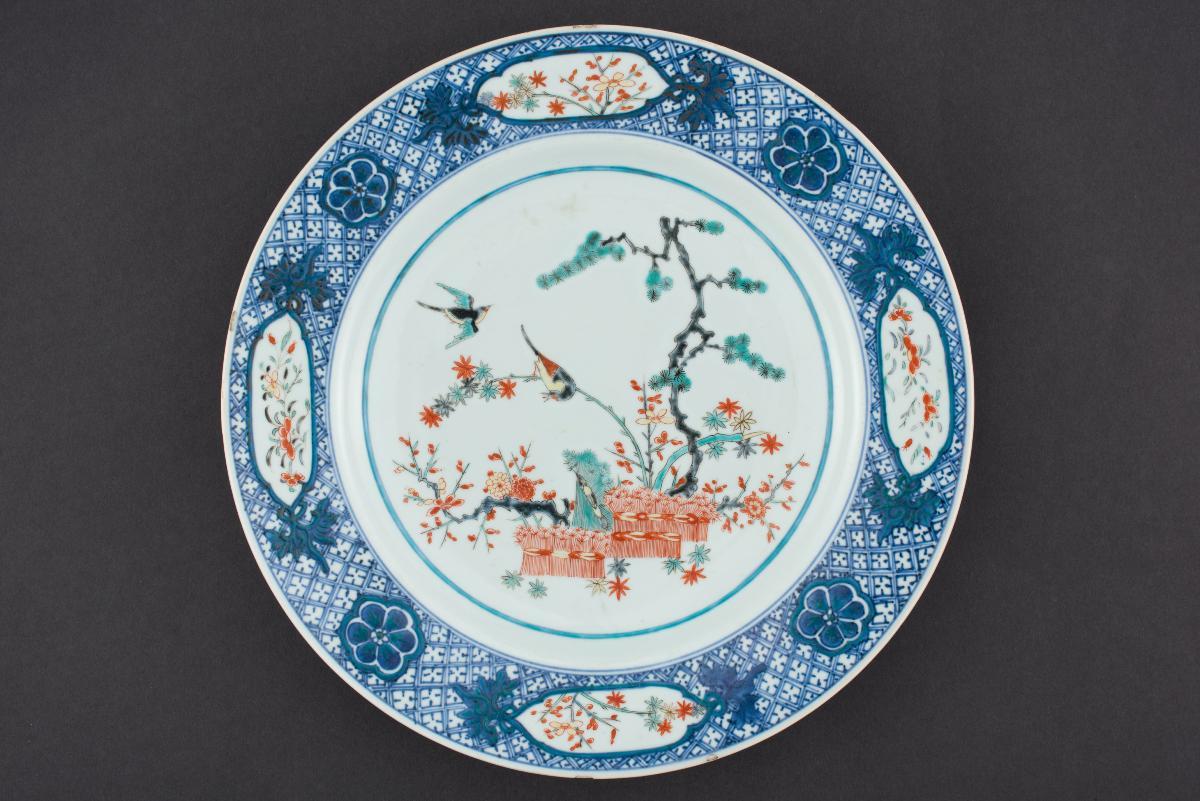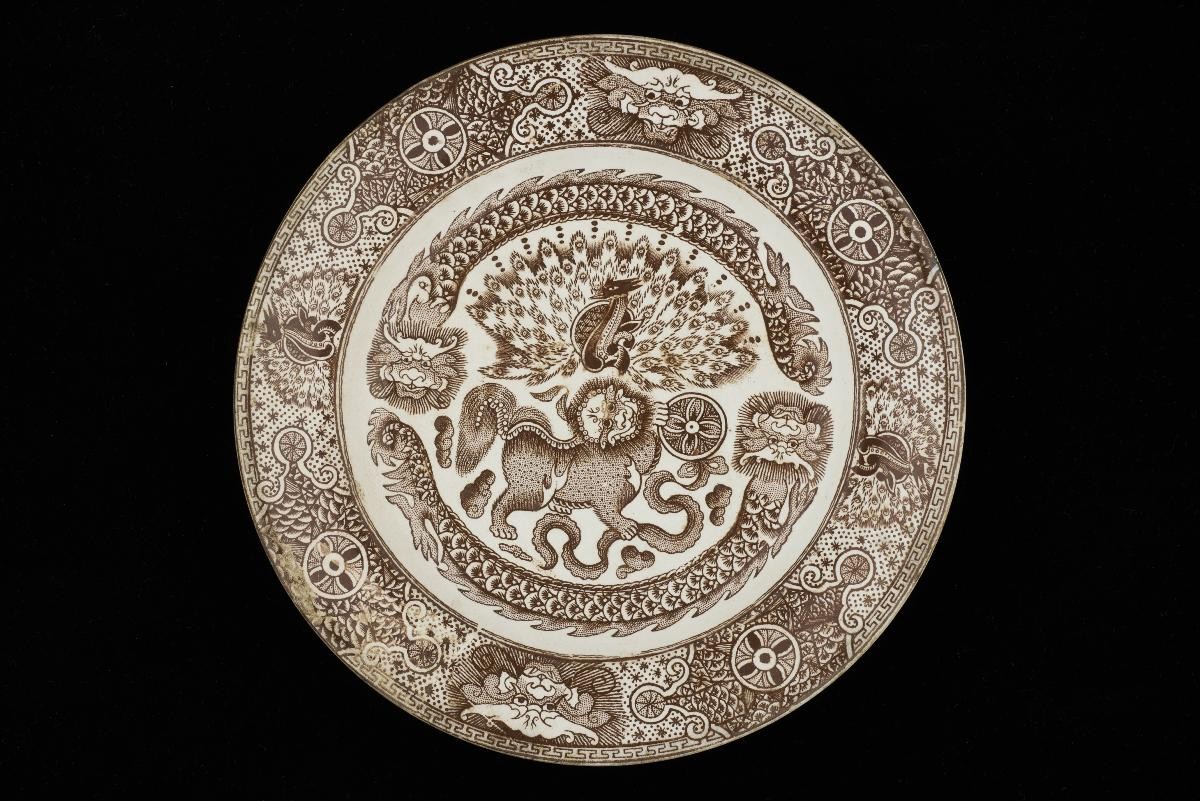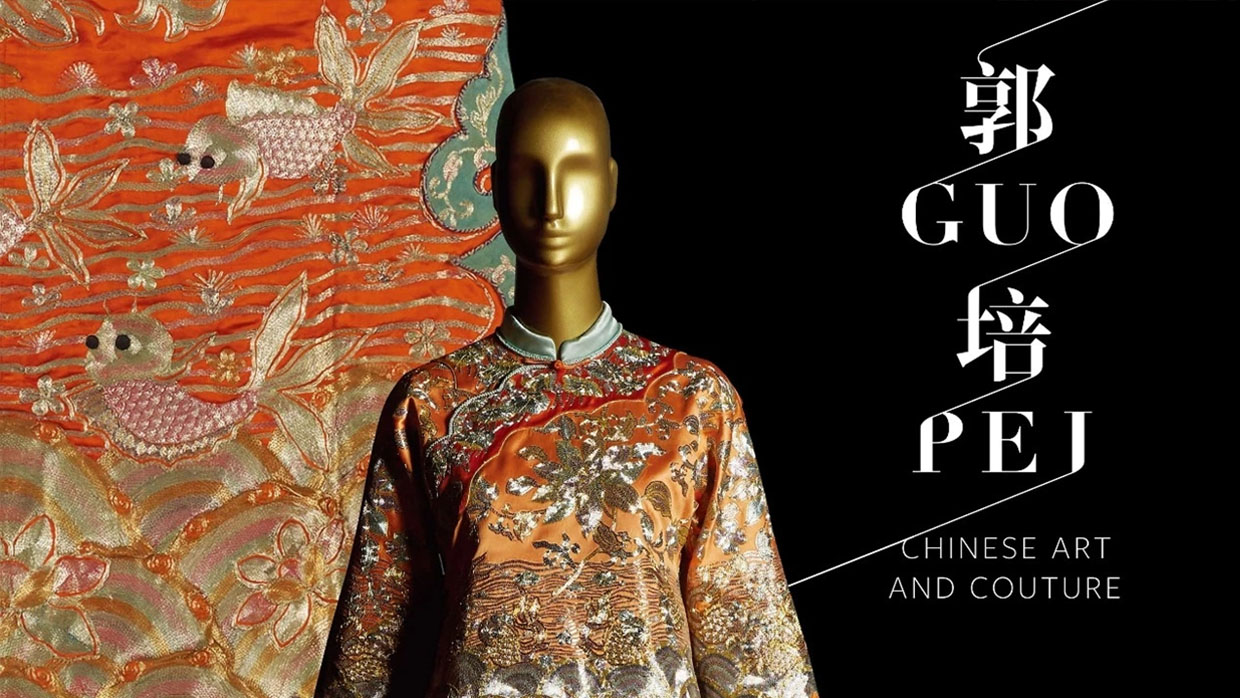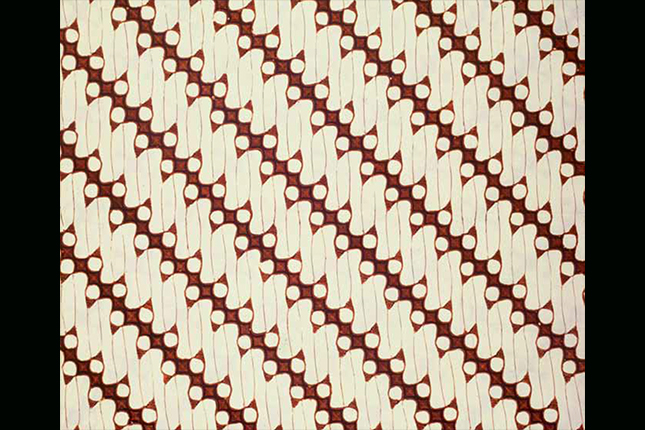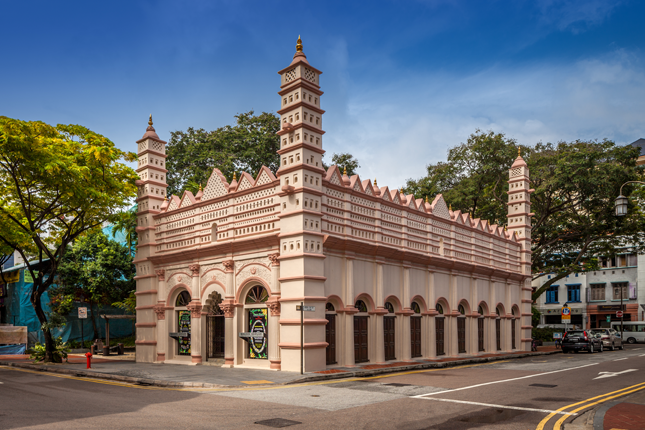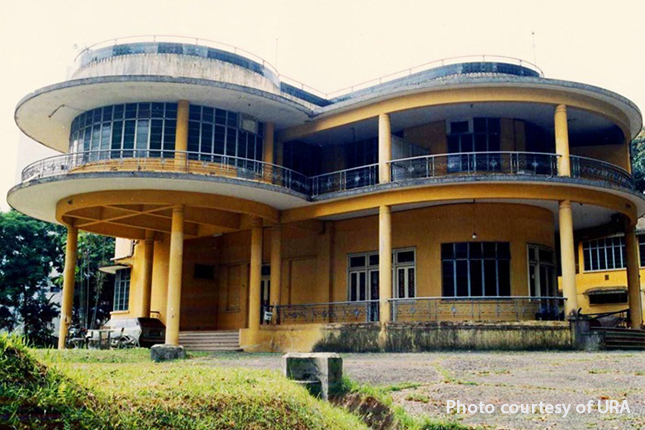This plate features the ‘quail’ pattern, a motif depicting one or two small birds with various flora, which was commonly found on Kakiemon porcelain. It was one of the most popular Japanese patterns adapted for use on European-made porcelain. The Kakiemon style had one of the greatest impacts on European ceramics. Kakiemon porcelain was produced in the area of Arita in present-day Saga prefecture on Kyushu Island. Kakiemon is named after the potter, Sakaida Kakiemon (1596-1666), who was reputed to have pioneered the use of colour enamels on porcelain in Japan. The designs are finely painted in translucent overglaze enamels with large undecorated areas highlighting the distinctive milky-white body. The Chelsea factory, one of the earliest porcelain factories established in England, was in production by around 1745. Chelsea focused on producing fine table wares and decorative figures for the English elite.




